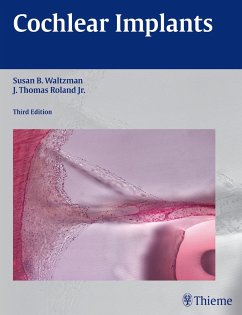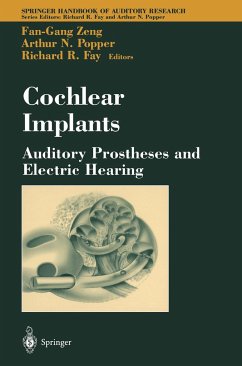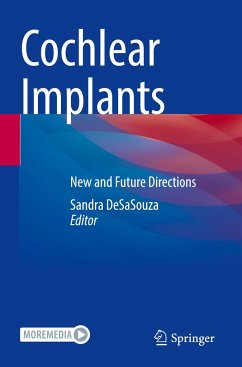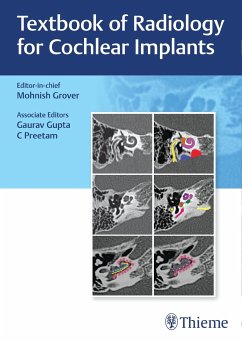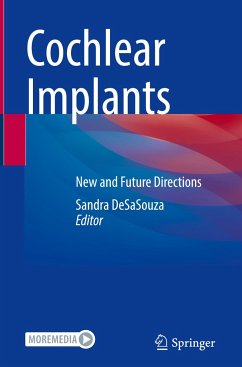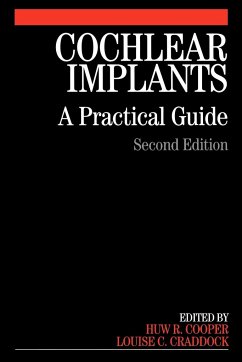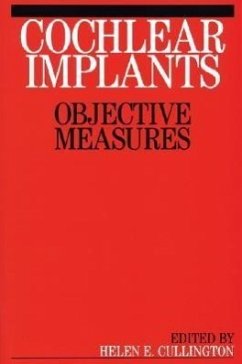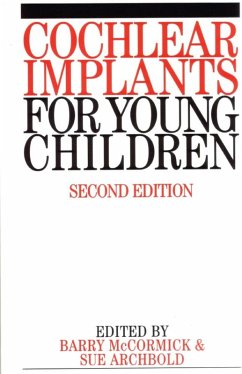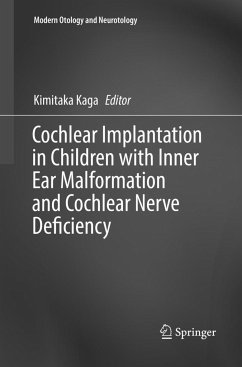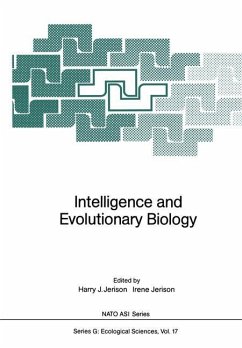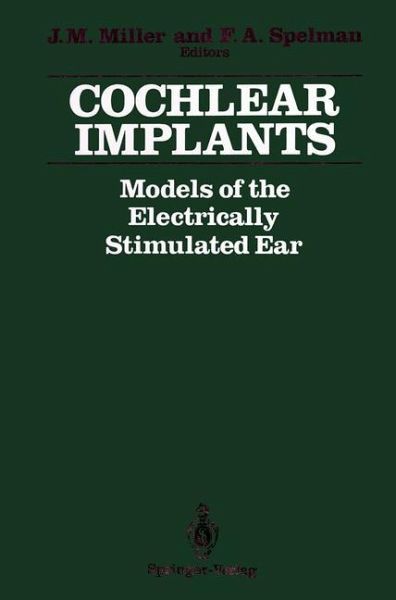
Cochlear Implants
Models of the Electrically Stimulated Ear
Herausgegeben von Miller, Joseph M.; Spelman, Francis A.

PAYBACK Punkte
38 °P sammeln!
This volume describes a new direction in technological and biomedical developments for profoundly deaf individuals. The first section covers topics of tissue characteristics, such as responses to electrical stimulation and computer modelling of cochlea currents. Perception of acoustic signals, responses and behavioral pattern as well as psychophysical aspects are treated in the second part. Part III is addressed to perspectives and challenges of encoding schemes. Reports on studies of acoustic and electrical encoding of temporal information, speech features with cochlear implants as well as ps...
This volume describes a new direction in technological and biomedical developments for profoundly deaf individuals. The first section covers topics of tissue characteristics, such as responses to electrical stimulation and computer modelling of cochlea currents. Perception of acoustic signals, responses and behavioral pattern as well as psychophysical aspects are treated in the second part. Part III is addressed to perspectives and challenges of encoding schemes. Reports on studies of acoustic and electrical encoding of temporal information, speech features with cochlear implants as well as psychophysical and speech perceptual studies will allow further strategies for cochlea implants.





